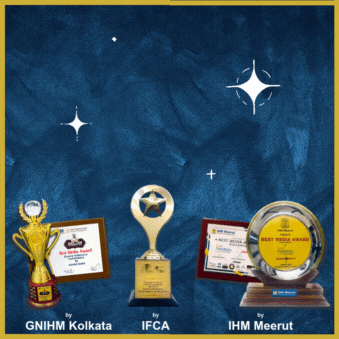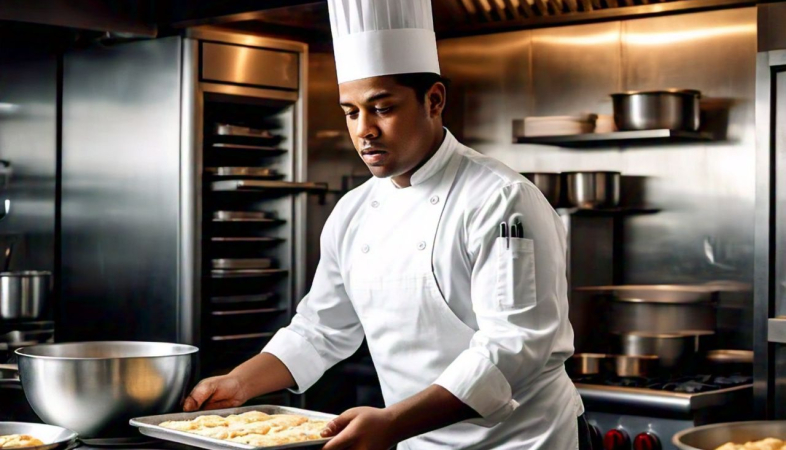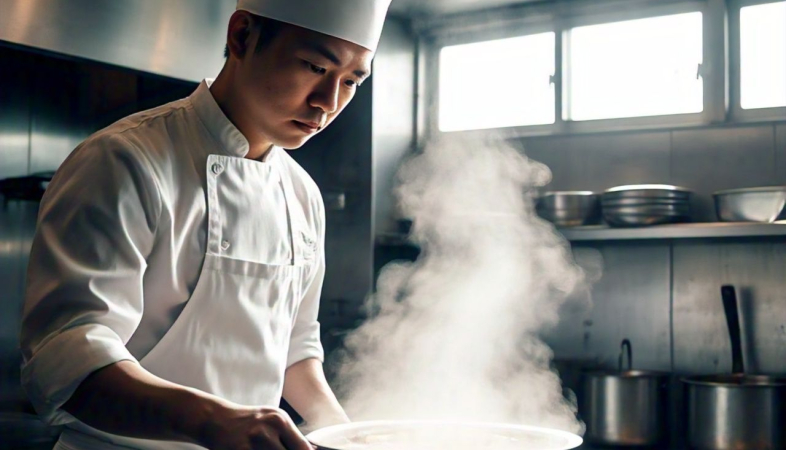SHARE
Commercials
More Posts
Oct 21, 2024
Chocolate and Gulkand Gujia - By Chef Rohit Anand
Oct 19, 2024
Shashwat Singh Promoted as Cluster Manager at Housr
Dec 31, 2024
Fermentation Techniques for Gut-Healthy Foods
Jan 23, 2025
Mastering Micro-Steaming for Quick and Healthy Meals
Oct 21, 2024
Chocolate and Gulkand Gujia - By Chef Rohit Anand
Oct 19, 2024
Shashwat Singh Promoted as Cluster Manager at Housr
Dec 31, 2024
Fermentation Techniques for Gut-Healthy Foods
Jan 23, 2025
Mastering Micro-Steaming for Quick and Healthy Meals
Oct 21, 2024
.png)




























